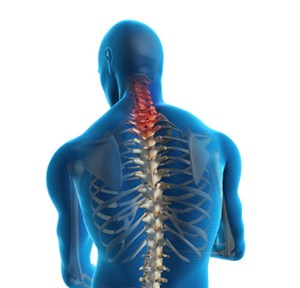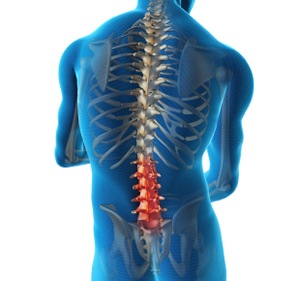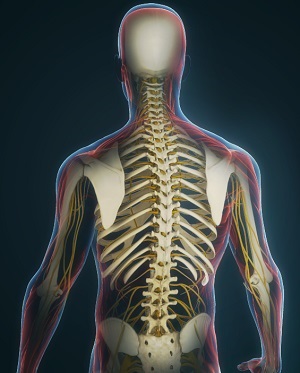Anatomy of the Spine
- Cervical Spine Anatomy
-

- The spine can be divided into 4 parts: cervical, thoracic, lumbar and sacral region. The cervical spine comprises of the first 7 vertebrae, which form the neck. The cervical spine is highly mobile compared to the thoracic or lumbar spine. In contrast to other parts of the spine, the cervical spine has transverse foramina in each vertebra through which the vertebral arteries supply blood to the brain.
-
- Lumbar Spine Anatomy
-

- The spine also called the back bone, plays a vital role in stability, smooth movement and protection of the delicate spinal cord. It is made up of bony segments called vertebra with fibrous tissue called intervertebral discs between them. The vertebra and discs form the spinal column from the head to the pelvis, giving symmetry and support to the body.
-
- Thoracic Spine Anatomy
-

- The thoracic spine is the central part of the spine, also called the dorsal spine, which runs from the base of the neck to the bottom of your rib cage. The thoracic spine provides the flexibility that holds the body upright and protects the organs of the chest.
-










